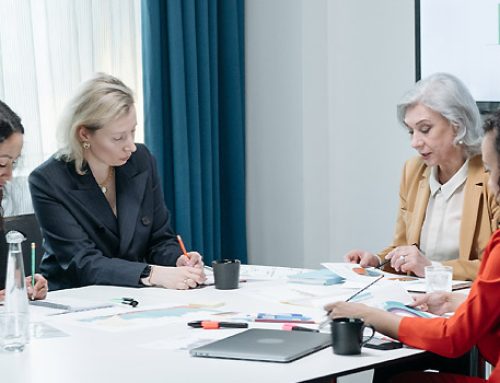Search Engine Optimization (SEO)
Search engine optimization is a method of getting your website to rank higher in search engines—such as Google, Yahoo or Bing. A search engine optimization campaign pairs on-site optimization with off-site tactics, which means you make changes to your site itself while building a portfolio of natural-looking backlinks to increase your organic rankings.
When Internet users search for your products or services, your website needs to be the first one they find. SEO helps the search engines recognize your relevance to specific keywords that people search for online. The search engine optimization process includes researching keywords, creating content, building links and making sure your website is visible in the search engines.
Optimize your images for search engines:
- Keywords in alt text, text around the image, image name, page title;
- Preferred image formatting – jpg;
- Separate SE accessible image folder;
- Image freshness. (SEW suggests re-uploading your images to keep them fresh);
- Enabled image search option at Google webmaster tool.
- Reasonable image file size (see the discussion at WW)
- A limited number of images per page;
- Popular and reliable photo-sharing hosting (e.g. Flickr is reported to help in Yahoo! image optimization).

Most popular search engine – Google
Optimize your images for social media:
- (obvious) use really great images to give your readers another reason to spread the word;
- (to get Digg thumbnailed submission) stick to jpg format and make sure the images can be resized to (or already are) 160×120 or 160×160 pixels (Unless you have an image that can be resized that way Digg will not offer the submitter a thumbnail to go with the post).
Optimize your images for people:
- People pay more attention to a clear image where they can see details (choose high-quality images).
- (Clean, clear) faces in an image get more eye fixation. (don’t use abstract images too often).
- Keep them relevant: images are not the first thing a visitor sees on a web page but they can compel him to stay (according to eye-tracking research web text is prior to images; when looking at a printed article people see images first; with the web page they see text first – nevertheless images make the visitor stay and remember the page via relevant associations), incorporating image editing techniques can further enhance the effectiveness of these strategies. With image editing, you can refine and improve the quality of your images to better meet the needs and preferences of both search engines and human viewers.






